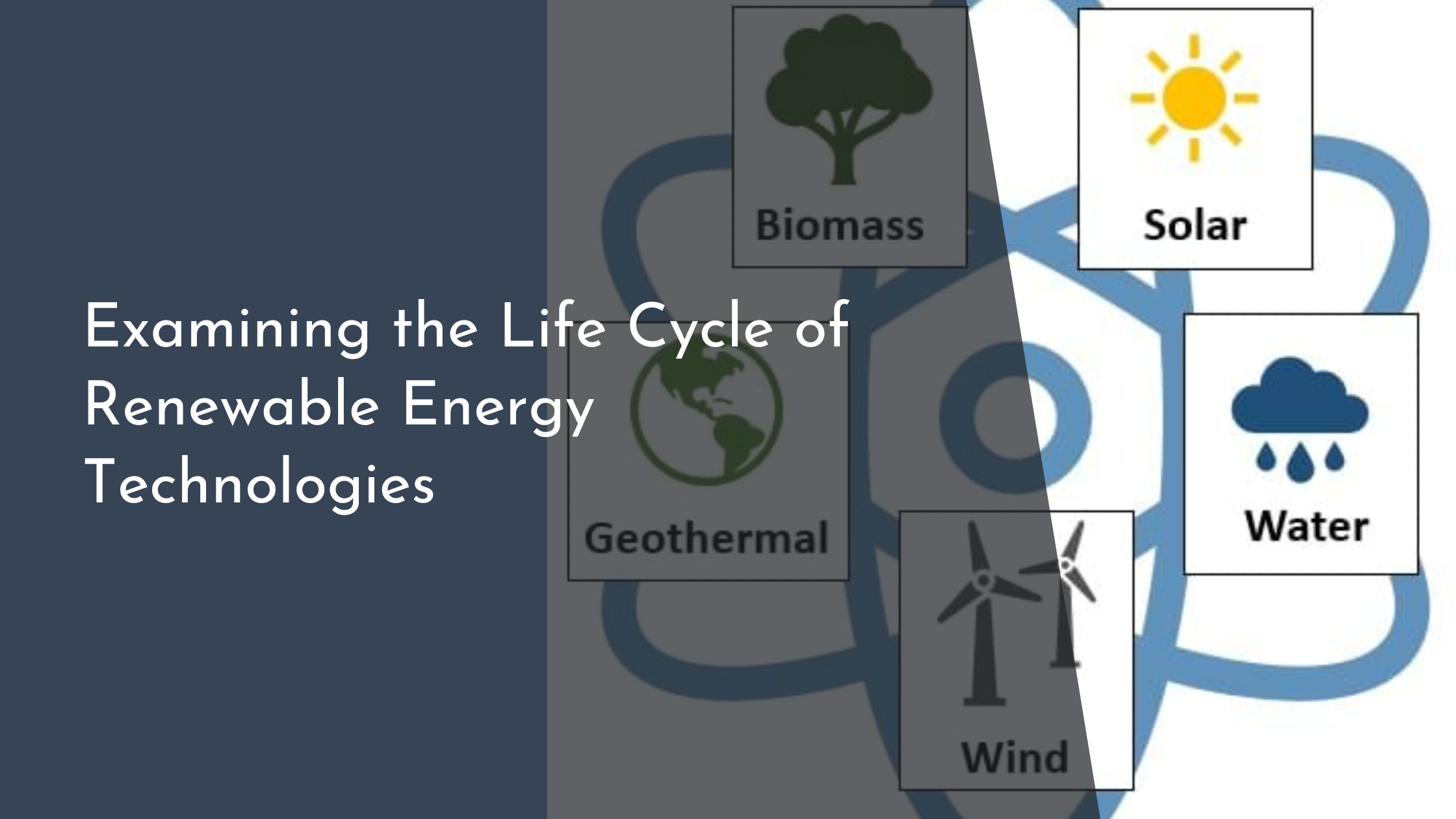Examining the Life Cycle of Renewable Energy Technologies
Renewable energy technologies have become a cornerstone in the pursuit of a sustainable future. As the world grapples with the consequences of climate change and dwindling fossil fuel reserves, embracing renewable resources has never been more crucial. By examining the life cycle of renewable energy technologies, we can gain a deeper understanding of their development, deployment, and long-term viability.
Introduction to Renewable Energy Technologies
Renewable energy technologies harness natural processes to generate power, offering a cleaner, more sustainable alternative to traditional fossil fuels. These technologies include solar panels, wind turbines, hydroelectric dams, geothermal plants, and biomass energy systems. Their primary appeal lies in their ability to generate energy without emitting greenhouse gases, thus playing a pivotal role in mitigating climate change. Over the years, advancements in technology and reductions in cost have contributed to the increasing popularity of renewable energy sources worldwide.
The transition to renewable energy is not just an environmental imperative; it is also an economic opportunity. Investment in renewable energy technologies has led to the creation of new industries and job opportunities, fostering economic growth and energy independence. Countries investing in renewables are not only reducing their carbon footprint but are also positioning themselves as leaders in the global energy market. As such, understanding the life cycle of these technologies is essential for policymakers, businesses, and consumers alike.
Development and Deployment Stages Explored
The development stage of renewable energy technologies is characterized by research and innovation. Scientists and engineers work tirelessly to improve the efficiency and affordability of these technologies, making them more accessible to a broader audience. This stage often involves extensive testing and prototyping to ensure that the technology is viable and can withstand various environmental conditions. For instance, the design of solar panels has evolved over the years to enhance their efficiency and durability, ultimately making them a more attractive option for consumers.
Once a renewable energy technology is developed, the deployment stage begins. This involves the installation and integration of the technology into existing energy systems. During this stage, logistical challenges, such as site selection and grid compatibility, are addressed to ensure a seamless transition. The deployment of renewable energy systems requires collaboration between governments, private companies, and local communities to overcome regulatory hurdles and secure the necessary funding. Successful deployment not only reduces reliance on fossil fuels but also boosts public confidence in renewable energy solutions.
Maintenance and Efficiency Over Time
Maintenance is a crucial aspect of the life cycle of renewable energy technologies. Regular upkeep ensures that systems operate at peak efficiency and helps to identify and rectify potential issues before they become significant problems. For example, cleaning solar panels and inspecting wind turbines for wear and tear are routine maintenance tasks that can significantly enhance the longevity and performance of these systems. As technologies evolve, maintenance practices also improve, further increasing the reliability of renewable energy sources.
Efficiency over time is a critical factor in assessing the long-term viability of renewable energy technologies. Improvements in technology often lead to increased energy output and reduced costs, making renewables more competitive with traditional energy sources. Continuous monitoring and performance assessments allow for the optimization of energy systems, ensuring they deliver maximum benefits throughout their lifespan. This ongoing improvement cycle not only enhances the efficiency and reliability of renewable energy technologies but also contributes to their widespread adoption.
Conclusion: Embracing a Sustainable Future
Embracing renewable energy technologies is essential for building a sustainable future. By understanding the life cycle of these technologies—from development and deployment to maintenance and efficiency improvements—we can ensure their successful integration into our energy systems. This holistic approach is key to maximizing their environmental and economic benefits, ultimately creating a cleaner, more sustainable world for future generations.
As we continue to innovate and refine renewable energy technologies, the potential for a sustainable future becomes increasingly attainable. By investing in research and collaboration, we can overcome the challenges associated with transitioning to renewable energy sources and secure a healthier planet. The life cycle of renewable energy technologies is not just a scientific journey but a pathway to a brighter, greener future that benefits all of humanity.

